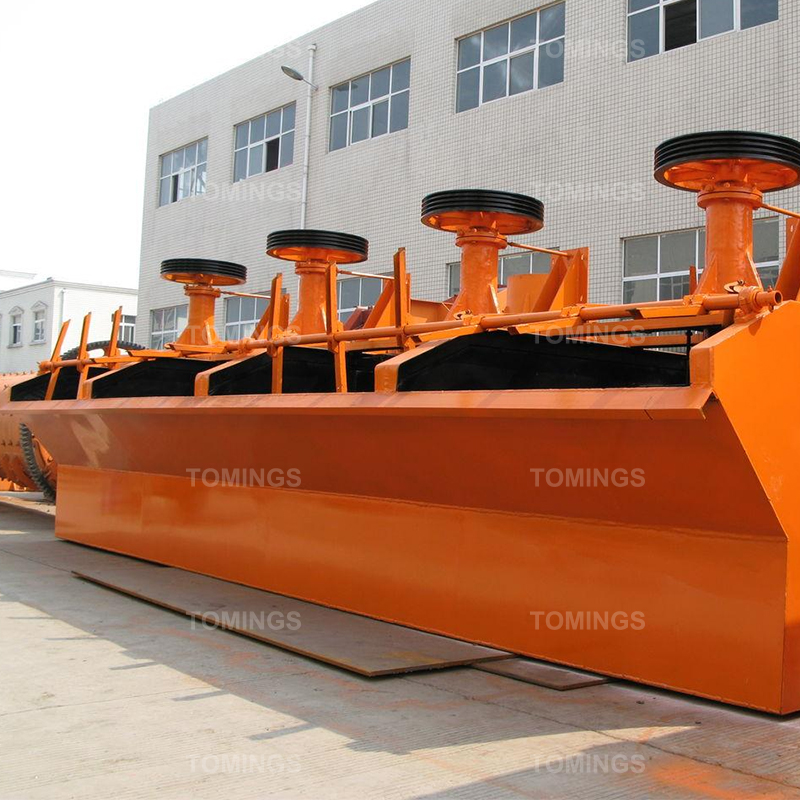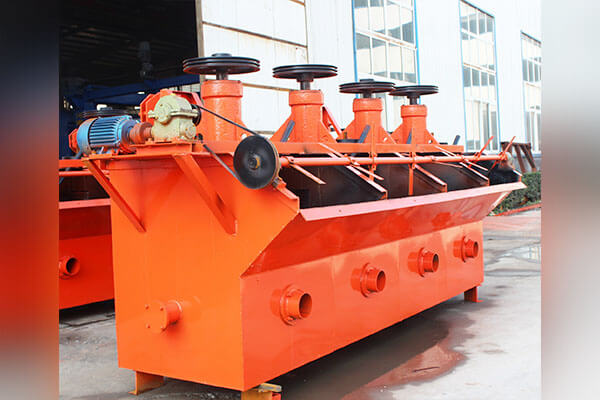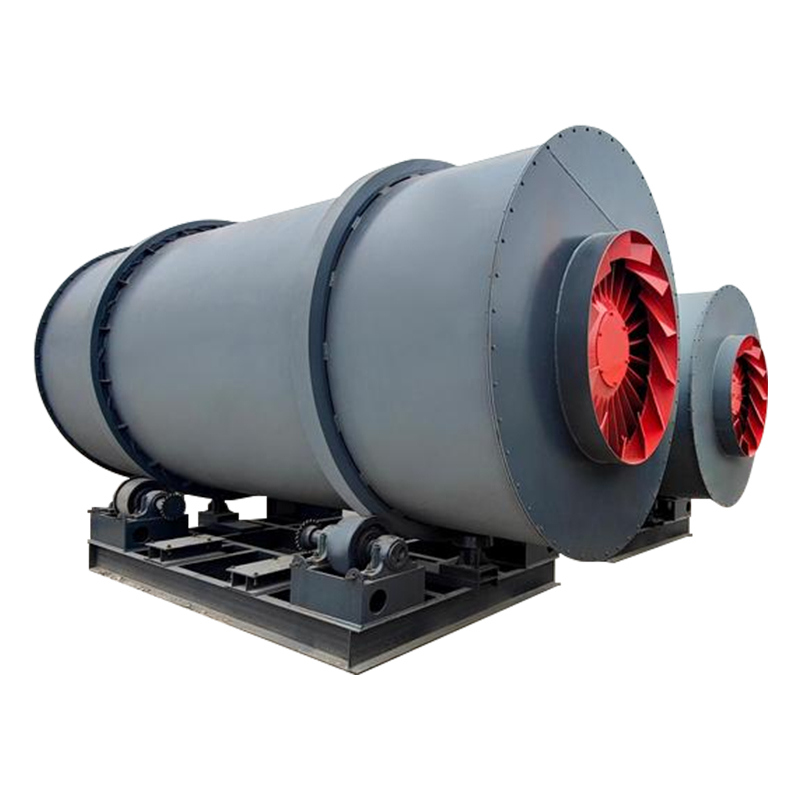A vibrating feeder, also known as a vibrating feeder, is a key piece of equipment widely used in modern industrial production. The following is a detailed introduction to vibrating feeders:
I. Definition and Application
A vibrating feeder uses vibration to uniformly, continuously, or quantitatively convey bulk, granular, or powdered materials from a silo or other storage device to subsequent processing equipment (such as a crusher, screen, or conveyor belt). It plays a vital role in numerous industries, enabling automation and increased efficiency in production processes.
II. Working Principle
The operating principle of a vibrating feeder is primarily based on the centrifugal force generated by the rotation of the vibrator's eccentric mass. This centrifugal force forces the movable parts, such as the screen box and vibrator, to perform continuous circular or near-circular motion, thereby conveying the material. Specifically, the excitation force generated by the vibrator is transmitted to the trough via components such as springs, causing the trough to vibrate periodically. This vibration forces the material within the trough to move parabolically or slide along the trough under the combined effects of gravity and inertia, thereby conveying the material forward.
III. Main Components
A vibrating feeder primarily consists of the following components:
Feeder trough: The component used to hold and convey material, typically a U-shaped or oval trough.
Vibrator: The device that provides the vibrating force and is the core component of the equipment, consisting of two eccentric shafts (active and passive) and a gear pair.
Spring support: Serves as a buffer and shock absorber, ensuring the stability and safety of the vibrating feeder.
Drive: The component used to drive the vibrator, typically consisting of a motor and a reducer.
Depending on the type of vibrating feeder, it may also include other components such as a base and frame.
 Principle of flotation machine
Principle of flotation machine
 Vibrating feeder
Vibrating feeder
 Development trend of flotation
Development trend of flotation
 Features of drum dryer
Features of drum dryer